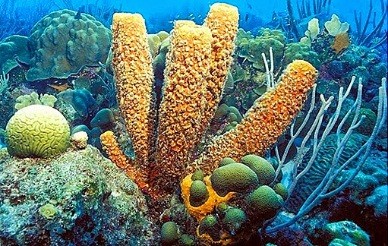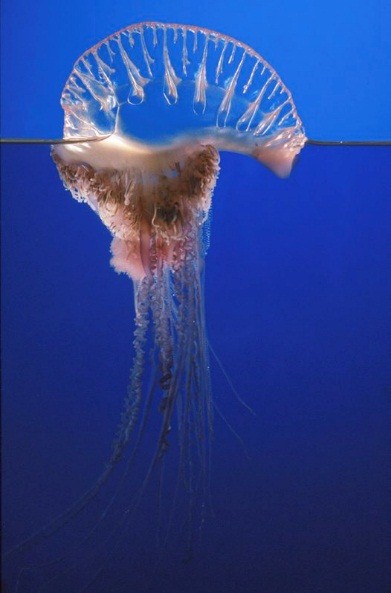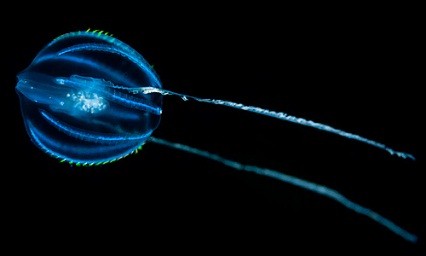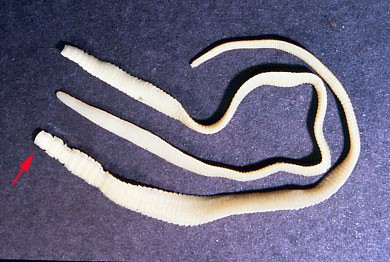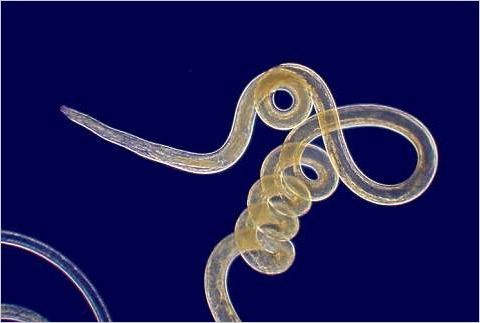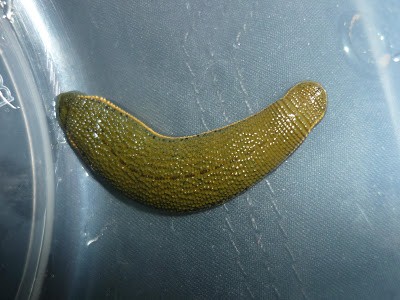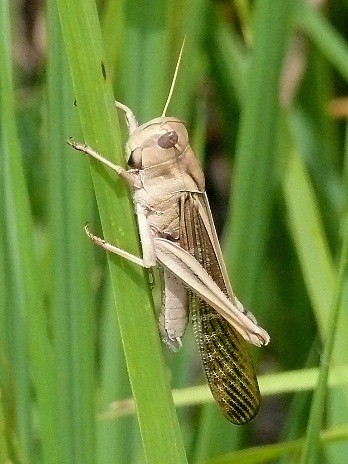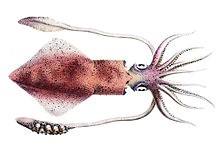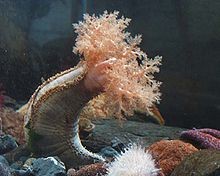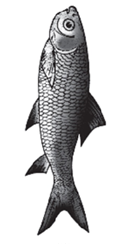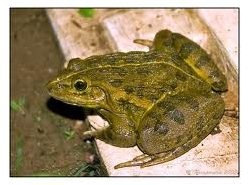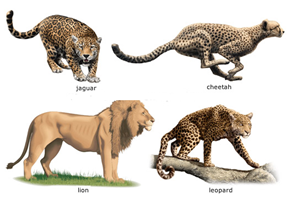| Animal Kingdom Refresher Course |
| Animal Kingdom Concepts Files |
| Animal Kingdom Master Files |
| Animal Kingdom Notes 1 |
| Animal Kingdom Note 2 |
| Animal Kingdom Note 3 |
Animal Kingdom: Animal Classifications
Table of Content
- Basis of Classification
- Classification of animals
- Classification of Invertebrates
- Vertebrates classification
- Vertebrates classification
Basis of Classification
Animals are classified based on coelom, body symmetry, patterns of digestive, circulatory or reproductive system etc.
- Circulatory system can be open or closed.
- Symmetry can be radial or bilateral.
- Animals are also classified based on the embryonic layers. They can be diploblastic or triploblastic.
- Presence or absence of body cavity is another basis for classification. They can be pseudocoelomate, acoelomate, or coelomate.
- Another basis for classification is metamerism.
Classification of animals
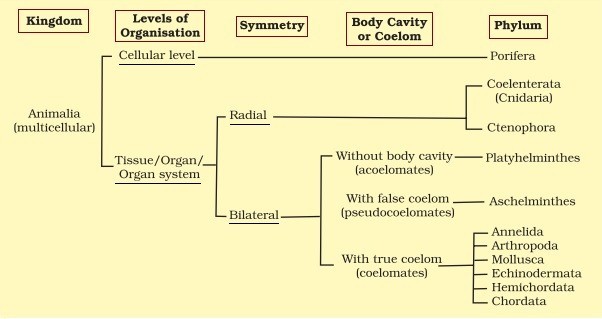
Fig.1. The broad classification of Animlia based on common fundamental features
Invertebrates classification
Characteristics of invertebrates
- Absence of vertebral column.
- They are heterotrophic organisms.
- They can have radial, bilateral, or spherical in symmetry.
- They have open respiratory system with spiracles, trachea and tracheoles.
- Reproduction occurs via partial sexual reproduction. Reproductive cells produce male gamete sperm and female gamete ova.
| Phylum | Characteristics | Examples | Image |
| Porifera | Known as sponges, cellular body organization, canal system, Choanocytes or collar cells, | Spongilla, Sycon |
Fig. 2 . Sycon |
| Coelenterata (Cnidaria) | Free swimming or sessile, Stinging cells known as Cnidoblasts or Cnidocytes, tissue skeleton composed of Calcium carbonate, exist in two basic forms- Polyp and medusa
| Adamsia, Physalia, Gorgonia, Meandrina |
Fig. 3 .Physalia |
| Ctenophora | Radially symmetrical and diploblastic, exhibit a property of Bioluminescence | Pleurobrachia and Ctenoplana |
Fig. 4 .Pleurobrachia |
| Platyhelminthes | Known as flatworms, acoelomate and triploblastic, parasitic forms have suckers and hooks, flame cells help in excretion
| Fasciola (Liver fluke), Taenia (Tapeworm) |
Fig. 5 .Taenia |
| Aschelminthes | Commonly known as roundworms, bilaterally symmetrical, triploblastic, Pseudocoelomate dioecious
| Wuchereria (Filarial worms), Ascaris (Round Worm), Ancylostoma (Hookworm).
|
Fig. 6 .Wu chereria |
| Annelida | Organ level of organization, bilaterally symmetrical, triploblastic, metamerically segmented, coelomates, closed circulatory system, Nephridia which helps in excretion
| Hirudinaria, Nereis, Pheretima |
Fig. 7 .Hirudinaria |
| Arthropoda | Largest phylum of kingdom Animalia, organ level of organization, bilaterally symmetrical, segmented, triploblastic animals, exoskeleton made up of chitin, body is divided into head, thorax, and abdomen, jointed appendages respiratory organs found such as gills, book gills, book lungs or tracheal system, hemolymph is present, Malpighian tubules are meant for excretion
| Locusta (Locust), Anopheles, Culex and Aedes |
Fig. 8 .Locusta |
| Mollusca | Aquatic or terrestrial, organ level of organization, bilaterally symmetrical, triploblastic animals, unsegmented body, body is divided into head, muscular foot, and visceral hump, Mouth contains radula for feeding indirect development and oviparous
| Loligo (Squid), Pinctada (Pearl oyster), Chaetopleura (Chiton), Pila (Apple snail) |
Fig. 9 .Loligo |
| Echinodermata | Calcareous endoskeleton, exclusively marine, organ level of organization, water vascular system, no excretory organ, separate sexes, development is indirect
| Cucumaria (Sea cucumber), Asterias (Star fish), Echinus (Sea urchin) |
Fig. 10 .Cucumaria |
Note: For the detailed study kindly refer to the content “Animal kingdom: Invertebrates”
Characteristics of vertebrates
- Notochord found in chordates are replaced by vertebrae.
- All basal vertebrates used gills for respiration, such as fishes. But higher vertebrates lack gills. Instead of gills they have lungs for respiration.
- Central nervous system is hollow with dorsal nerve cord.
- Vertebrates are only chordates with cephalization (brain is concentrated in head region).
- All vertebrates have ventral, muscular heart with a closed circulatory system. Closed circulatory system is defined as a system in which blood flow in arteries, veins and capillaries.
- Reproduction is usually sexual.
- They are unisexual animals with a pair of gonads.
- They possess two pairs of appendages.
- Presence of paired pharyngeal gill slits.
- They are bilaterally symmetrical.
- They are Triploblastic animals.
- They have true coelom so known as coelomate with well- developed organ system and organization.
- They possess post anal tail at some or the other stages of life.
- Kidneys are excretory organs which maintains the osmoregulation of the body.
Vertebrates classification
Phylum Chordata is divided into- Urochordata or Tunicata, Cephalochordata and Vertebrata.
Vertebrates classification are as follows-
| Class | Characteristics | Example | Image |
| Pisces | Notochord persist, Gill slits are present, Presence of Placoid scales or Ctenoid scales, separate sexes Internal fertilization generally viviparous
| Carcharodon (Great white shark), Trygon (Sting ray), Scoliodon (Dog fish) Pterophyllum (Angel fish), Hippocampus (Sea horse), Freshwater – Labeo (Rohu)
|
Fig. 11. Catla |
| Amphibia | aquatic as well as in terrestrial, two pairs of limbs, divided into head and trunk, skin is without scales, cloaca is the common opening of alimentary canal, heart is three chambered, sexes are separate. Three subclasses of Amphibia are- Labrinthodontia, Lepospondyli and Lissamphibia.
| Salamandra (Salamander), Bufo (Toad), Rana (Frog) |
Fig. 12. Rana tigrina |
| Reptilia | Crawling mode of locomotion, skin with epidermal scales or Scutes, without external ear openings, poikilotherms, sexes are separate, internal fertilization, development is direct, oviparous in nature. Subclasses of Reptilia are as follows- Anapsida, Parapsida, Diapsida and Synapsida
| Crocodilus (Crocodile), Testudo (Tortoise), Alligator (Alligator), Hemidactylus (Wall lizard), Poisonous snakes – Naja (Cobra) |
Fig. 13. Crocodilus |
| Aves | Presence of feathers, beak forelimbs which are modified into wings, hind limbs serve for walking presence of oil glands, endoskeleton is bony, crop and gizzard, heart is four chambered warm-blooded, lungs are respiratory organs. There are basically two subclasses- Archaeornithes and Neornithes
| Aptenodytes (Penguin), Neophron (Vulture), Corvus (Crow), Columba (Pigeon)
|
Fig. 14. Aptenodytes |
| Mammalia | Presence of milk producing glands known as mammary glands, possess two pairs of limbs, presence of characteristics hairs, presence of external ear heart is four chambered, homoiothermous, lungs are the respiratory organs, viviparous, fertilization is internal
| Rattus (Rat), Canis (Dog), Felis (Cat), Macropus (Kangaroo), Pteropus (Flying fox), Camelus (Camel), Oviparous-Ornithorhynchus (Platypus)
|
Fig. 15. Members of Mammalia |
